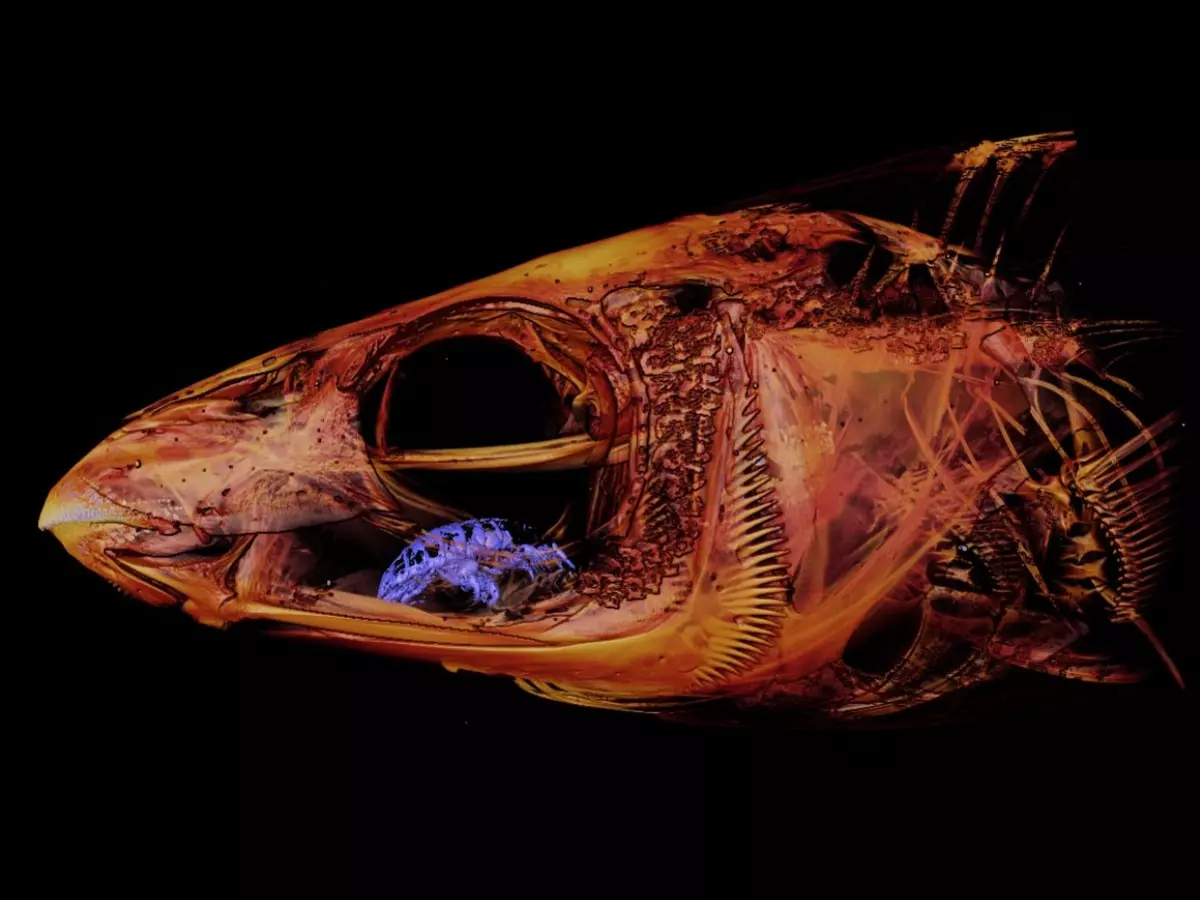Tongue-Eating Parasite Doubles Up As A Live Tongue On Fish To Feed Off Them
Kory Evans an assistant professor in the Department of BioSciences at Rice University Houston shared his observation on Twitter. Evans found the isopod in one of his wrasse scans on Monday morning while digitizing it. He even shared pictures of his findings in the tweet.

Parasites are known to live at the expense of their host in many forms. Few, however, are as gruesome as the "vampire" crustacean, a type of isopods known to devour and replace its host's tongue.
Commonly known as the tongue biter or tongue-eating louse, the isopod takes the place of the tongue in a living fish's mouth. It can undergo such an existence for years, and a particular scientist who came across this astonishing find recently shared it on Twitter.
Kory Evans, an assistant professor in the Department of BioSciences at Rice University, Houston, shared his observation on Twitter. As per Evans, ¡°these parasites attach themselves to the tongues of fish and effectively become the new tongue.¡±
Evans found the isopod in one of his wrasse scans on Monday morning while digitizing it. He even shared pictures of his findings in the tweet.
What are these isopods?
 Tongue-eating isopod (Image: Kory Evans: Twitter)
Tongue-eating isopod (Image: Kory Evans: Twitter)
For those unaware, an isopod in its literal sense is a seven-legged organism with a flattened body. Tongue-eating isopods in specific, comprise of a total of 380 different species, ¡°most of which usually have a specific species of fish that they invade,¡± says a report by Two Oceans Aquarium.
These isopods enter a fish's body through its gills. They then latch onto the tongue and begin to feed. The process of feeding starts off from the base of the tongue, as the isopods grip it tightly with its seven pairs of legs. This reduces the blood supply to the organ and it eventually wastes away.
From then on, the parasite acts as the fish¡¯s functional tongue and feeds on the fish¡¯s mucus. If a tongue-eating parasite gets to attach itself to a fish, it can stay as its tongue for several years on a stretch.
Evan¡¯s encounter
 Tongue-eating isopod (Image: Kory Evans: Twitter)
Tongue-eating isopod (Image: Kory Evans: Twitter)
A report by Live Science mentions how Evans came across the fish species. As per the report, Evans encountered the "living tongue" during a scanning initiative for a family of coral reef fishes called wrasses.
Evans¡¯ project's goal was to ¡°generate a 3D X-ray database of skeletal morphology for this fish group, making it available to researchers around the world,¡± Evans was quoted as saying.
